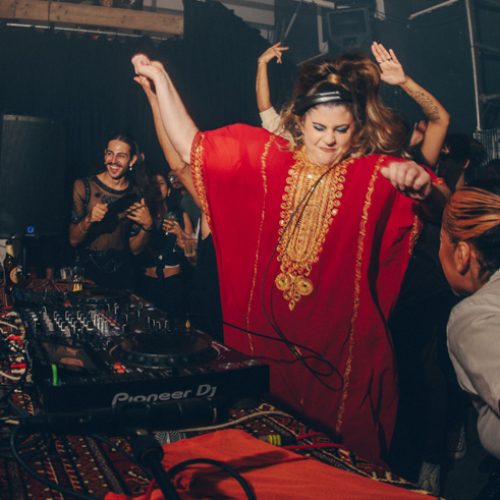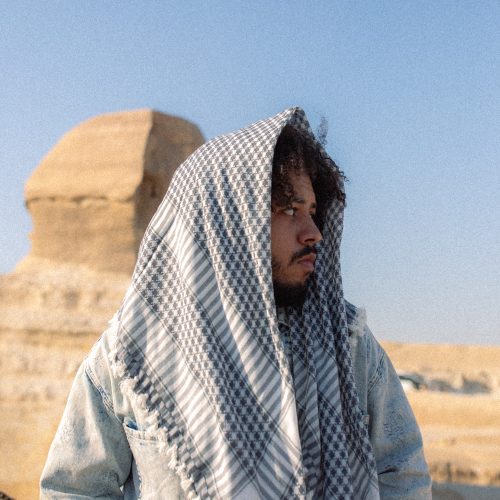Photographer Ilyes Griyeb and producer/creative director Mohamed Sqalli are the duo behind NAAR, a new creative platform that seeks to produce Arab artists and promote them through collaborative partnerships with European artists. Their first project is the album release of Moroccan trap rappers Shayfeen and MAAD produced by young and established European beat makers.

The idea to create NAAR came after the publication of an article both of them have signed for Medium titled “What if we let it up to Arab artists to be the ones to tell their (hi)story?”, in which they argue that Western artists appropriate Arab aesthetics for creative ends without the participation of the concerned community. They take two particular examples to support their words: The Blaze’s video of Territory shot in Algiers and Skepta’s plagiarism of Ilyes’ work for his clothing line Mains.

MILLE spoke to Mohamed Sqalli about Money Call – the first single – the youth of Morocco and the rise of the local alternative scene.
How did this musical project happen?
Following the buzz the publication has created; many have asked us “Who are the local Arab artists that can actually tell their stories?”
So, we organised a Trap Residency in Casablanca in October 2017. This is when the Moroccan and European (French, Dutch and Italian) artists – who play the role of ambassadors for their Moroccan homies – have met. I rented a huge house in a private residency in Casablanca. The rooms were converted into recording studios; there was always Trap music playing extremely loud and people making noise, which was quite ironic given the posh neighbourhood where we were staying. Everything happened smoothly and strong ties were therefore built. When we shot the video in Meknès in January, knowing there isn’t much to do at night, we all spent time together, chatting for hours and sharing personal stories.
In the video of Money Call, we see the rappers hanging out nonchalantly in Meknès. It feels like you want to depict a youth that dreams about the Western “Eldorado” and making cash. To what extent do you believe this fantasy still exists?
Europe is still a fantasy for the youth of Morocco. The “departure” is surely one of the most common themes you hear in conversations, especially in marginalised regions. There, people often leave and come back, bringing with them things that will contribute to their economic situation, such as a kit car that they would resell. So, a part of the economy is narrowly linked to Europe. Those who live there are a resource as well for those who have stayed, via western union for example.
This is what we have wanted to tell in this video, for instance through the shots of the parables that are directed towards Europe. There are also shots in the garage of a panel beater, which illustrates what I have just said concerning the kit cars.
How established is the trap scene in Morocco and how do you see it evolving now?
There’s a flourishing scene, that’s for sure. It’s extremely dynamic, and some of its representatives have become icons. Now the challenges for the movement are related to its professionalisation for its survival. This is when NAAR steps in. I believe it’s going to be a decisive year for the Moroccan trap scene.









